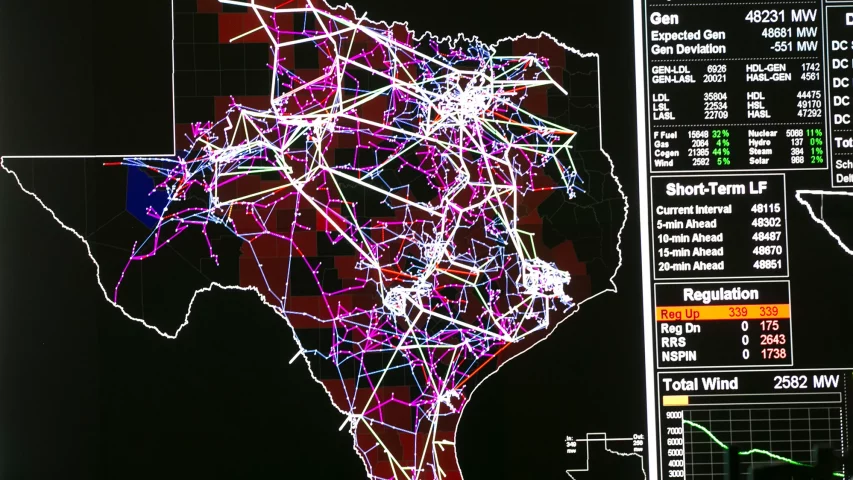ERCOT electricity regulators, facing increasing instability and resiliency issues on the grid, are considering several significant changes to enhance and promote reliability. ERCOT’s fleet of traditional, fossil-fuel-based generation assets are aging and many assets are reaching the age of retirement. This trend, along with the rapid and robust deployment of intermittent renewable energy resources, electricity demand growth, and a lack of transmission interties to surrounding regions, has created significant reliability issues on Texas’ electric grid.
To combat these trends, the Texas legislature has put forward a program called the Texas Energy Insurance Program (TEIP) to stimulate investment in existing (potentially would have otherwise shuttered) or new dispatchable generation assets in Texas.

ERCOT administrators and market participants have also been working on the implementation of Real-Time Co-Optimization (RTC) of Energy and Ancillary Services which would enhance the system operator’s ability to re-dispatch units and better serve electric grid needs. This co-optimization is available and running in other ISOs such as PJM.

A part of the RTC effort is a new State of Charge Rule for energy storage resources. Currently, energy storage assets offering critical reliability-based services do not have specific requirements to maintain their state of charge. Under this new rule, energy storage assets offering Ancillary Services would be required to telemeter their current state of charge and be “re-dispatched” based on their state of charge and the required dispatch capability of the Ancillary Service. An example would be Responsive Reserve (RRS) requires 1 hour of energy – a 2-hr duration energy storage asset offering 100 MW of RRS would need to have a minimum of 100 MWH or 50% state of charge.

ERCOT remains one of the hottest markets for energy development in the United States with the most development coming in the form of solar and energy storage. The interconnection queue is sitting at a total capacity of ~317 GWs (ERCOT peak load is ~85 GWs) and about 85% of that queue is solar or energy storage.

Regulators will continue to search for solutions to solve the grid reliability issues on the ERCOT grid, however, it should be noted that none of the proposed changes has seemed to slow the appetite for energy resource development in Texas.

